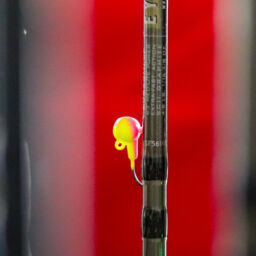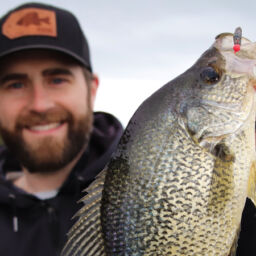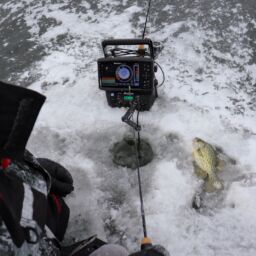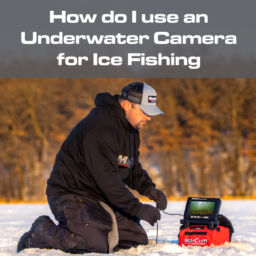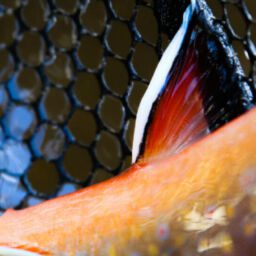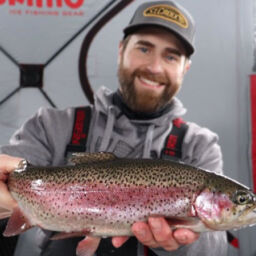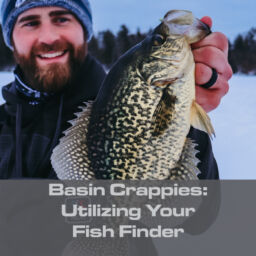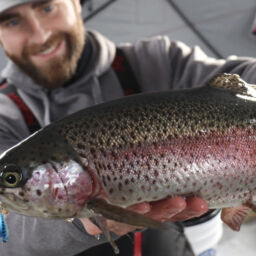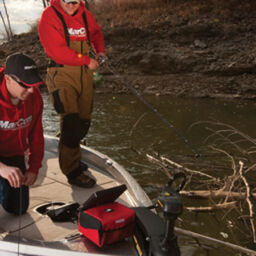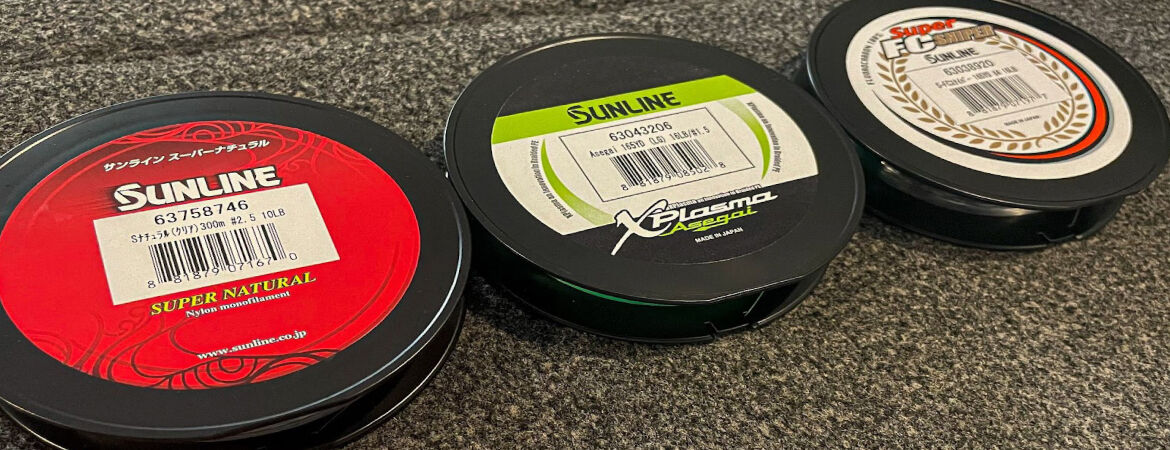
Choosing the Right Line
Fishing is full of choices. Walk into any sporting goods store or bait shop and you’ll find hundreds to potentially thousands of options for rods, reels, tackle and electronics. In some instances, making a purchase decision can seem like a no brainer, while other scenarios require a serious amount of deliberation. Regardless of your purchase decision, it’s important to evaluate the advantages and disadvantages for a given product.
Choosing the right fishing line is no different. With countless options on the market, it’s vital to understand the advantages and drawbacks for each major line category, as well as how they can help you or hurt you in specific scenarios.
Monofilament Line
Monofilament line, more commonly known as ‘mono’, is the most common line category used across the fishing community. Amongst the major line types it is arguably the most universal being that it can be used for nearly every application and in every scenario. While it may not perform at the same levels as fluorocarbon or braid for certain techniques, it is still a very useful line category overall.
In terms of cost, monofilament is far and wide much cheaper than it’s fluorocarbon and braided counterparts, which is often what leads many anglers to use it. The line is also very receptive to a wide range of knot types, unlike some other line options. It’s construction also makes it a relatively low visibility option.
Mono has a stretch factor much greater than other line categories, which can be an advantage or disadvantage depending on the situation. For example, in shallow water situations having some additional stretch can make the difference between keeping pinned or not. On the contrary, in deep water scenarios hooksets are more markedly harder due to the additional stretch.
Monofilament lines also float, which can again be a positive or negative aspect, depending on the scenario.
In terms of major drawbacks, monofilament line is the least sensitive of the major categories and it also holds a great deal of line memory when not in use. Additionally, most mono lines are much thicker in a diameter than their fluorocarbon and braided counterparts in the same pound class.
Fluorocarbon Line
Fluorocarbon line bears a number of similarities to monofilament. At first glance, mono and fluoro appear to be very similar as both are typically clear in construction. However, after further inspection, there are also some obvious differences. The most apparent to many anglers is perhaps the cost. On average, fluorocarbon costs about two to three times as much as monofilament – but it’s for good reason.
Among the major line categories, fluorocarbon is the most abrasion resistant and it’s nearly invisible in the water. Both of these factors can pay huge dividends, especially in situations involving heavy cover or extremely clear water. In comparison with mono, fluorocarbon in the same line classes are dramatically thinner in diameter. Additionally, it is also far more resistant to UV light deterioration than monofilament.
In terms of stretch, fluorocarbon lines find themselves somewhere between mono and braid, with the capability of some stretch, making it a good middle ground.
Unlike mono and braid, fluorocarbon sinks. This property can be useful in certain scenarios but detrimental in others.
Similar to mono, line management with fluorocarbon can be a challenge. Fluoro’s characteristics cause it to hold a great deal of memory, which can cause issues especially when being used with a spinning reel. This line type works well with a variety of knots.
Braided Line
Braided lines are a unique option for anglers in many fishing situations. In terms of diversity, this line category has the widest range of qualities and variations. Regardless of these specifics, braids offer a wide range of advantages and disadvantages in comparison to other line categories.
While braided lines typically cost more up front, they are arguably a more economical choice for many anglers. Among the three major line categories, braid is the most resistant to UV light deterioration, which allows it to often be used for more than one season.
Because of it’s construction, casting distance with braid is far superior to fluorocarbon and monofilament. It also holds virtually no memory which makes line management much less of concern than other line categories and allows ease of use with both spinning and casting reels.
The stretch factor for braided lines is essentially non-existent, making them the most sensitive of all line types. The major drawback to it’s non-stretch characteristics is that it can lead to lost fish without using the proper rods.
While braid is overall a tough option, it’s more susceptible to fraying and breakage when used in heavy cover situations like rocks or wood. Braided lines are also at a disadvantage in cold weather conditions, as the likelihood for ice buildup can be high.
Unfortunately, there is no perfect line option for every scenario. Every situation has different factors or circumstances that can be impacted, either positively or negatively, by a specific line type. In recent years, many anglers combine a braided mainline with a fluorocarbon or monofilament leader. This combination of materials allows anglers to achieve the benefits of both line types.
For ice anglers, many factors should play a role in their line choice. Anglers should review their fishing style, location, and target species before making a final decision. All line categories have their place and time. By utilizing all line types, anglers can ensure they have the right tool for the job.




